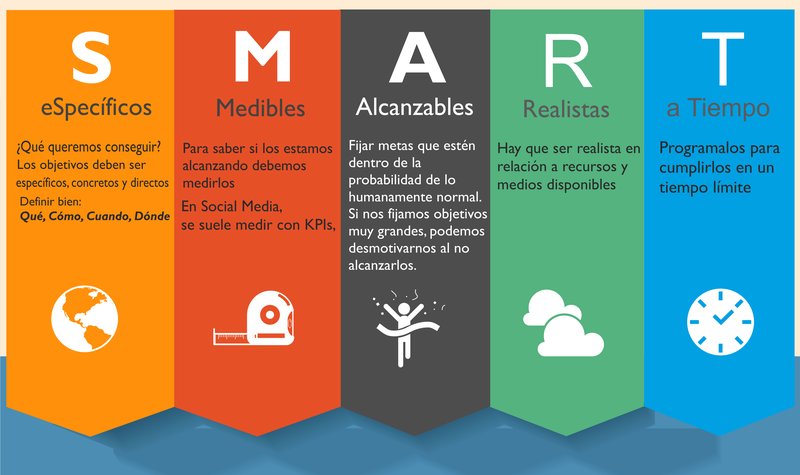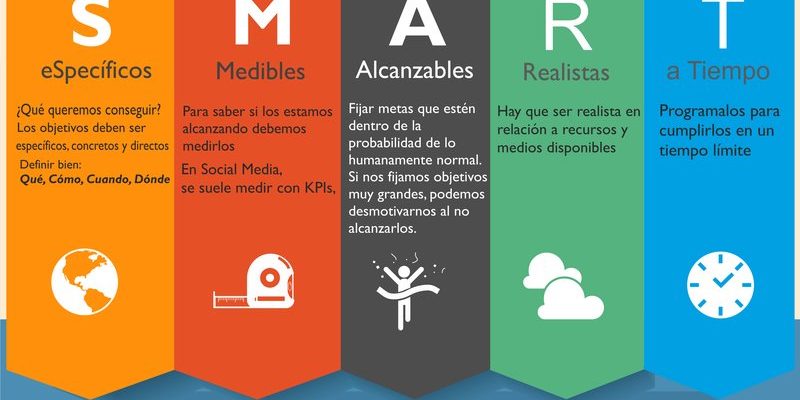
Imagine sipping coffee and watching tamarins play in the trees, their tiny bodies darting around with agile grace. You might notice they communicate in sophisticated ways, remember complex social hierarchies, and even solve problems. Just like how we use our brains every day to navigate the world, tamarins have their own set of skills that demonstrate their cognitive capabilities. Here’s what we’ve learned about these little monkeys and their smart ways of interacting with their environment.
Understanding Tamarin Intelligence
Tamarins, part of the New World monkey family, showcase various intelligence forms. But what does that mean exactly? Well, intelligence isn’t just about IQ; it’s about how an animal adapts to its environment, solves problems, communicates, and interacts socially. Tamarins excel in many of these areas, making them quite impressive for their size.
One of the key aspects of tamarin intelligence is their ability to work in groups. In the wild, they’re often seen foraging together, which requires communication and coordination. This teamwork indicates a level of cognitive complexity. For instance, tamarins can remember who found food, which can influence their social interactions and alliances. They’re not just playing around; they’re using their smarts to navigate their social lives.
Another fascinating aspect of tamarin brains is their memory. Studies suggest that tamarins can recall the locations of fruit trees or the presence of predators. This memory helps them thrive in their habitats, making sure they find food and avoid danger. It’s similar to how we remember important places or events—just in a slightly different context.
Social Behavior and Communication
Tamarins are social creatures, and their intelligence shines through their interactions. They live in groups, often called troops, and rely on each other for safety, food, and social bonding. Each member of the group has a role, which requires them to communicate effectively. This social complexity is a sign of high cognitive abilities.
When tamarins talk to each other, they use a variety of vocalizations, body language, and even facial expressions. They can communicate alarm calls to warn others of predators or food discovery calls to share information about tasty snacks. It’s like their version of a social network, where everyone stays connected and informed. Isn’t it interesting how these tiny monkeys have their own language?
Additionally, tamarins can also recognize individual calls. This means they not only communicate with each other but can also discern who is calling, which is essential for maintaining social relationships within the troop. It’s a bit like how we recognize our friends’ voices over a crowd.
Problem-Solving Abilities
Tamarins have shown impressive problem-solving skills, particularly when it involves obtaining food. In various studies, researchers have tested tamarins’ ability to solve puzzles to access rewards. For example, they may need to figure out how to pull a string to get a piece of fruit. These tasks require critical thinking and planning, showcasing their intelligence in a way that is quite relatable to us.
When faced with obstacles, tamarins can adapt their strategies. If one method doesn’t work, they’ll try different approaches until they find success. This flexibility is a vital part of intelligence, as it shows they can learn from experience. You might think of it like trying different routes to work when there’s traffic—figuring out the best way to get to your goal.
Moreover, tamarins often use tools, although not as frequently as some other primate species. They might use sticks to poke at insects hidden in tree bark, showcasing their ability to manipulate objects in their environment. It’s a small yet significant demonstration of their cognitive capabilities.
Learning from Experience
Just like us, tamarins learn from their experiences, which is a critical component of intelligence. Research has shown that they can be trained to complete tasks and remember solutions for extended periods. For instance, when a tamarin learns how to open a latch for food, it can recall this knowledge later, even after days or weeks.
This capacity for learning also extends to social knowledge. Young tamarins learn by observing older troop members, mimicking their behavior, and understanding social dynamics. This kind of learning—often referred to as social learning—is crucial for their survival. It helps them pick up on important skills without having to experience everything themselves.
Interestingly, this parental teaching signifies a level of cultural knowledge. Tamarin troops can develop unique behaviors that are passed down, much like traditions in human societies. It’s a fascinating glimpse into how intelligence and culture can intertwine in the animal kingdom.
So, how smart is a tamarin? The answer is pretty impressive. From their social structures and communication skills to their ability to solve problems and learn from experience, tamarins demonstrate cognitive abilities that can rival those of other primates. They may be small, but their intelligence shines in ways that can inspire us to appreciate the complexity of the animal world.
Through teamwork, social interaction, and problem-solving, tamarins show us just how intricate their lives are. Observing their behavior offers a deeper understanding of animal intelligence, reminding us that intelligence comes in many forms. Who knows, the next time you see a tamarin, you might find yourself marveling at just how clever they truly are.

